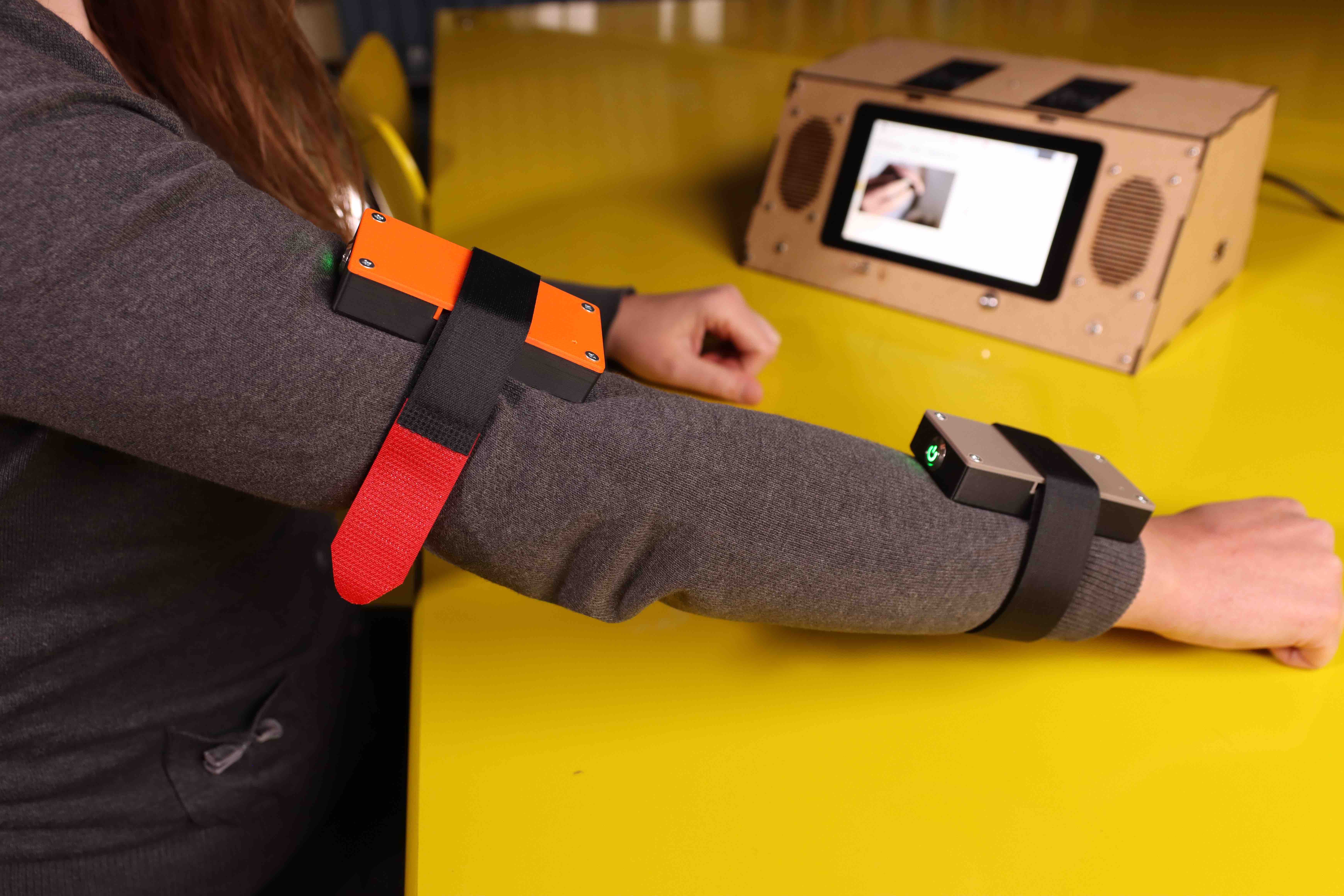As the leading cause of acquired disability in adults, non-degenerative acquired brain injuries lead to multiple disorders affecting the sensory-motor, cognitive and psycho-social dimensions. The chronicisation of residual deficits leads to a loss of autonomy in the performance of daily living activities. Rehabilitation support promotes functional recovery through the use of complementary methods, techniques and tools. Thus, the pursuit of rehabilitation in supervised autonomy during the chronic phase is now encouraged. With the development of health technologies, new support methods are currently being investigated.
The emergence of interactive movement sonification tools that provide continuous sound information in real-time in relation to the movements performed is a promising approach to rehabilitation. However, the orientation of design choices, particularly concerning the characteristics of sound feedback and the modalities of gesture-sound interactions, are currently at the centre of reflection.
The main objective of this interdisciplinary health-arts-sciences thesis is to develop movement sonification devicec for the supervised autonomous rehabilitation of patients with motor impairment after an acquired brain injurys.
This project includes:
- the evaluation the effect of different types of sound feedback (sound characteristics and modalities of gesture-sound interactions)
- designing movement sonification device with a perspective of use in supervised autonomy.
Tutorials of the CoMo-Rehabilitation device
This project started with ISMES project of the SMART Labex and was pursued by the PhD work by Iseline Peyre, financed by IUIS



